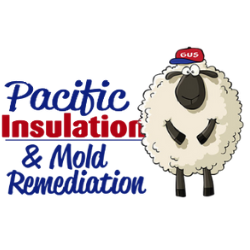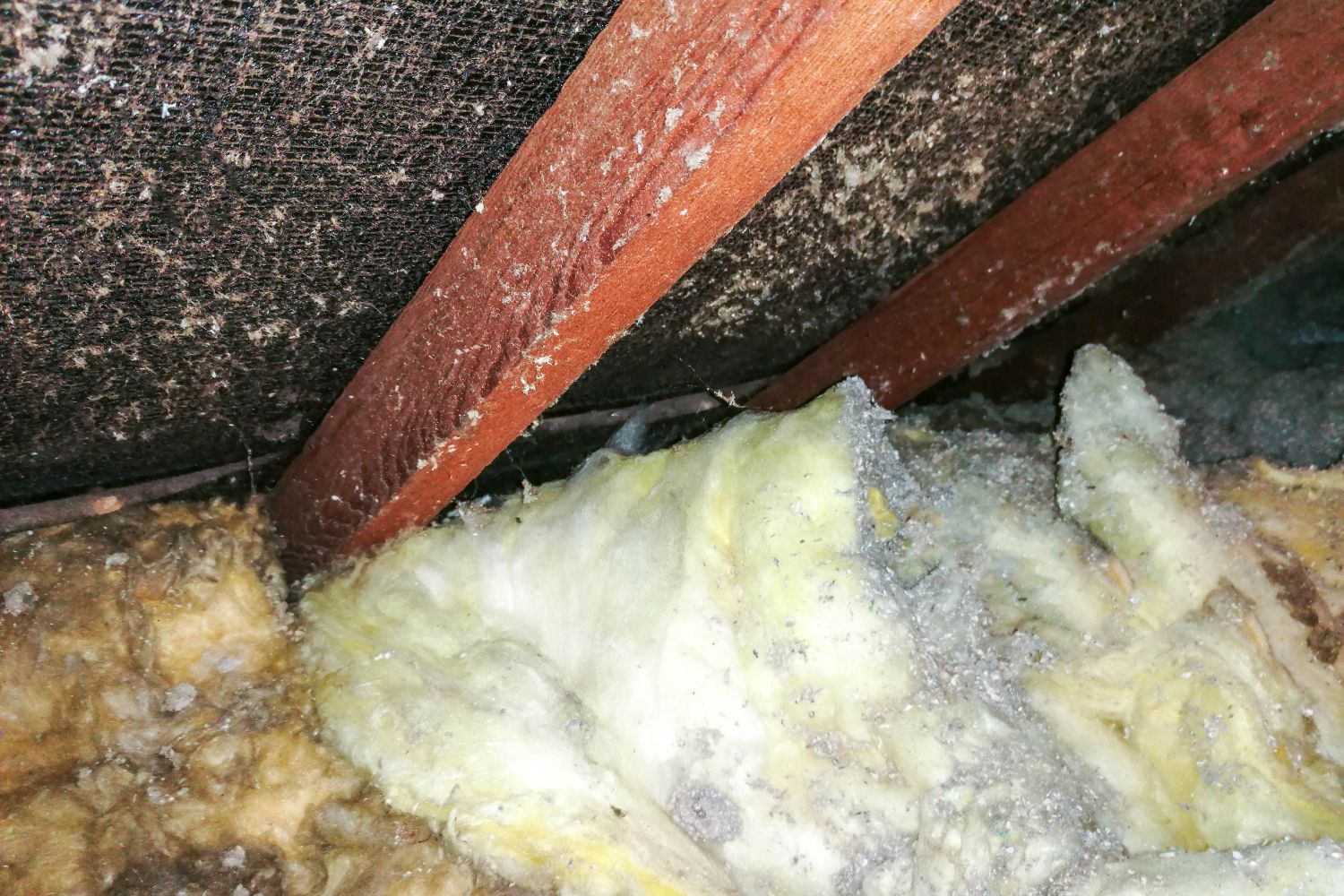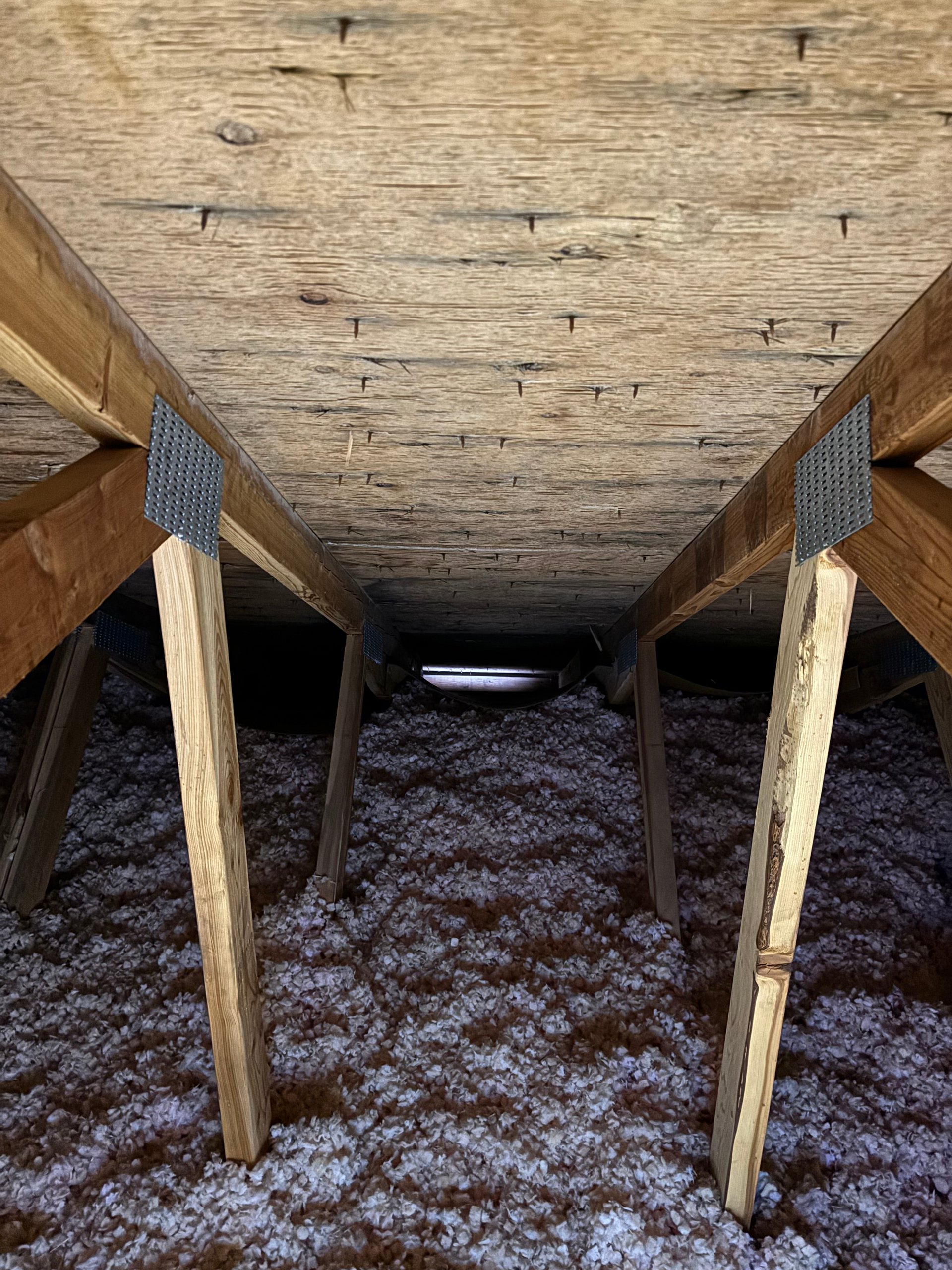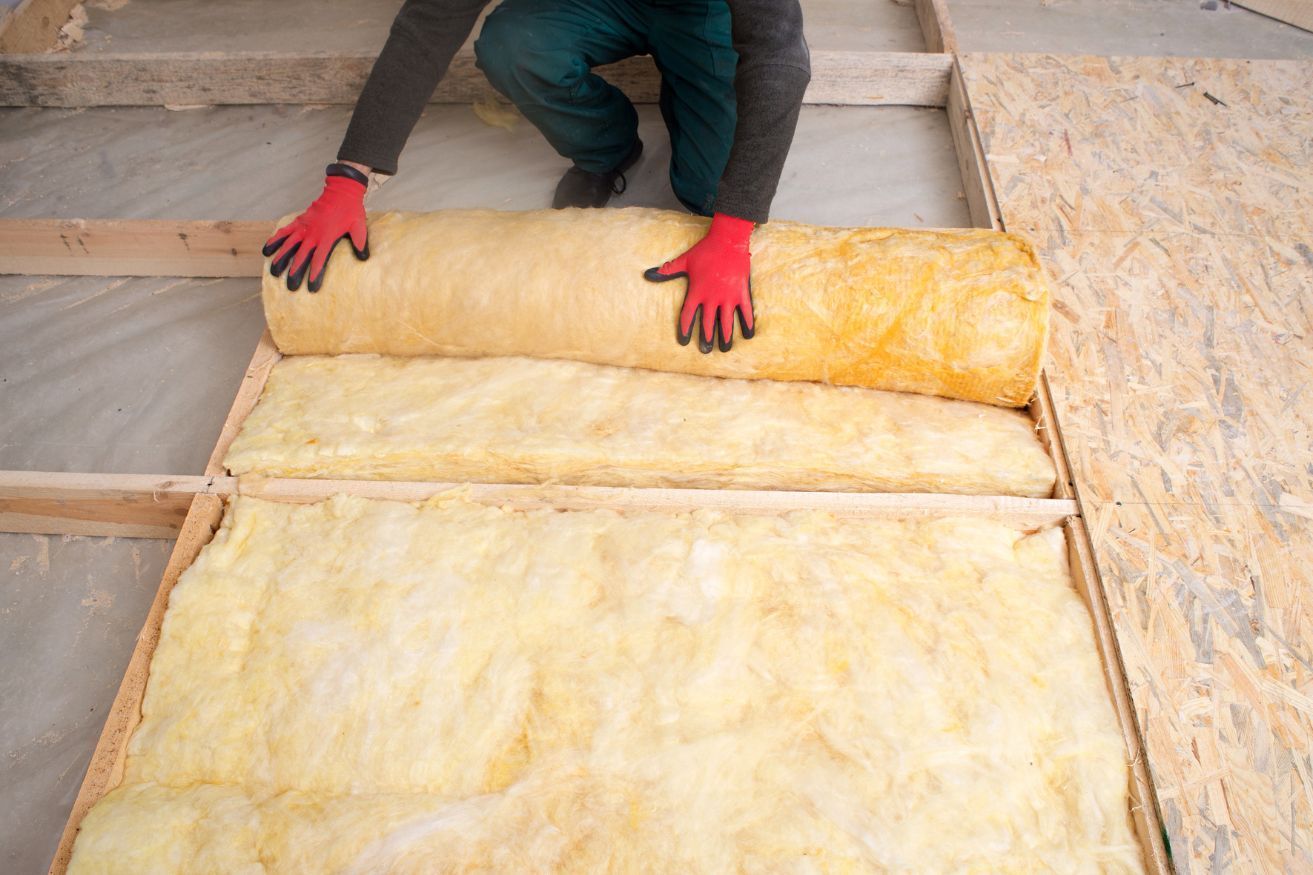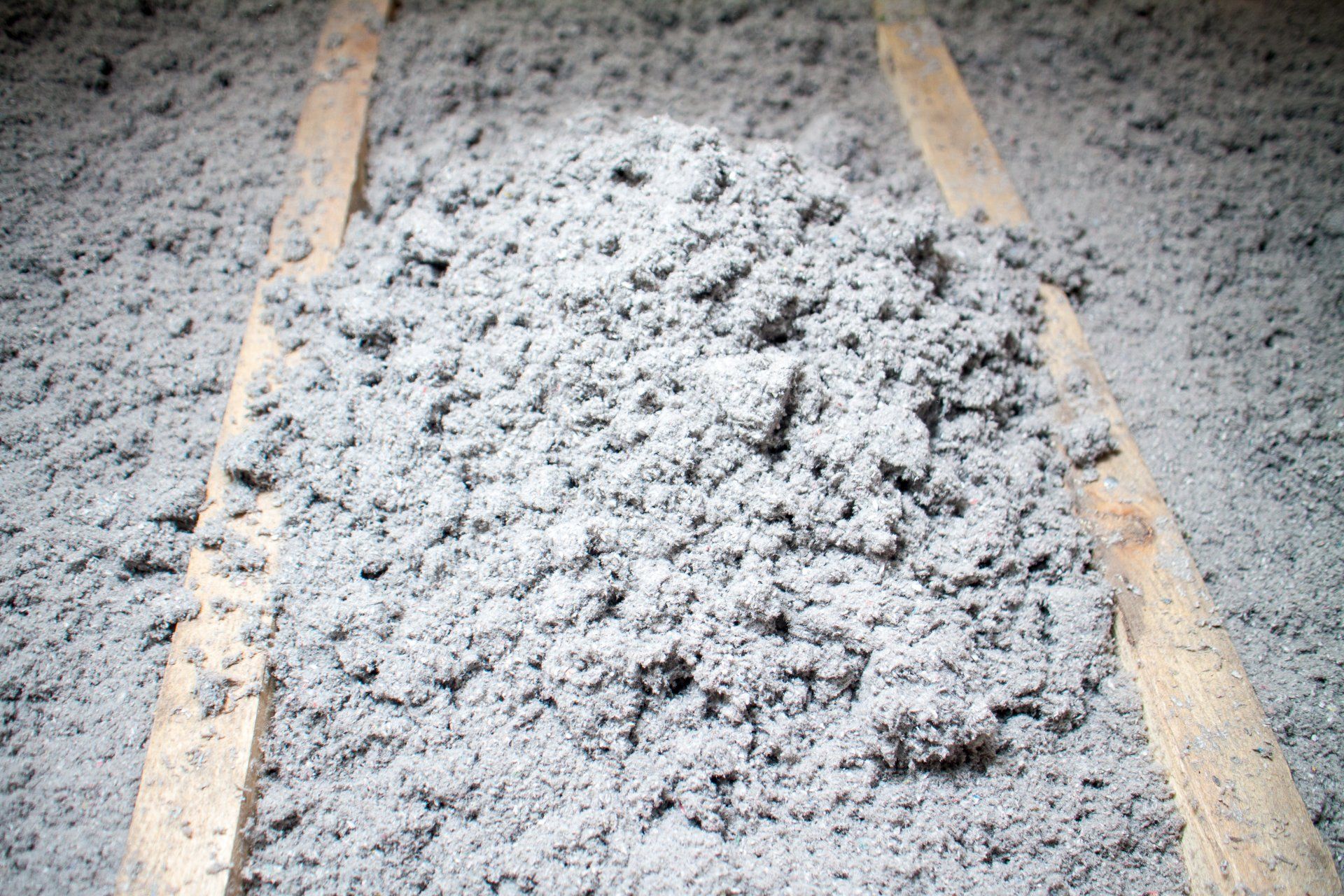Should i insulate my attic floor or ceiling?
Whether you should insulate your attic floor or ceiling depends on how you use your attic and what your goals are for energy efficiency and comfort. Here's a breakdown to help you decide:
1. Attic Floor Insulation
Best for: Unconditioned attics (attics that are not heated, cooled, or used as living space).
Advantages:
- Energy Efficiency: Insulating the attic floor creates a thermal barrier between your living spaces and the attic, preventing heat transfer in both summer and winter.
- Cost-Effective: Requires less material and labor since you're insulating a smaller area compared to the ceiling and roof deck.
- Easier Installation: Typically uses materials like fiberglass batts, blown-in cellulose, or fiberglass, which are quick to install on a flat surface.
When to Choose Attic Floor Insulation:
- Your attic is used only for storage or remains unoccupied.
- You don’t heat or cool the attic space.
- You want to focus on insulating your living areas to reduce energy costs.
2. Attic Ceiling (Roof Deck) Insulation
Best for: Conditioned or semi-conditioned attics (attics that are used as living space, offices, or workshops, or if HVAC ducts are located in the attic).
Advantages:
- Temperature Regulation for the Attic Space: Keeps the attic comfortable if it’s being used or has ductwork running through it.
- Prevents Roof Heat Transfer: Especially useful in hot climates, as it stops heat from radiating into the attic from the roof.
- Moisture Control: Works well when combined with spray foam insulation, which also acts as an air and vapor barrier.
When to Choose Attic Ceiling Insulation:
- You’re using the attic as a finished living space or plan to.
- You have HVAC equipment or ductwork in the attic that you want to protect from extreme temperatures.
- You want to avoid ice dams in cold climates, as insulating the roof deck keeps the roof temperature consistent.
Key Factors to Consider
- How the Attic is Used:
- If it’s an unconditioned space, insulate the attic floor to prevent heat transfer into or out of the living areas below.
- If it’s a conditioned space, insulate the roof deck (ceiling).
- Ductwork or HVAC in the Attic:
- If HVAC equipment or ductwork is located in the attic, insulating the roof deck (ceiling) is more effective at maintaining efficiency.
- Climate:
- Cold climates: Insulating the floor is often sufficient for unconditioned attics. If ice dams are a concern, ceiling insulation may help.
- Hot climates: Roof deck insulation, often combined with radiant barriers, reduces heat gain in the attic.
- Budget:
- Insulating the attic floor is usually cheaper since it involves less material and installation effort compared to insulating the entire roof deck.
Recommended Insulation R-Values
- Attic Floor (Unconditioned Attic): R-38 to R-60 in most climates.
- Attic Ceiling (Conditioned Attic): R-30 to R-49 in most climates, depending on the region.
Conclusion
- Choose Attic Floor Insulation if your attic is unconditioned and primarily used for storage. It’s more cost-effective and focuses on insulating your living spaces.
- Choose Attic Ceiling Insulation if your attic is finished, conditioned, or contains HVAC equipment and ducts. This keeps the attic comfortable and improves energy efficiency.
If you’re unsure about your attic's current insulation, conducting an energy audit can help you determine the best approach!
